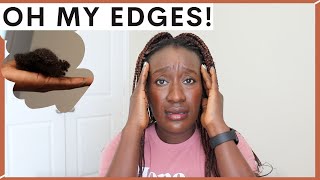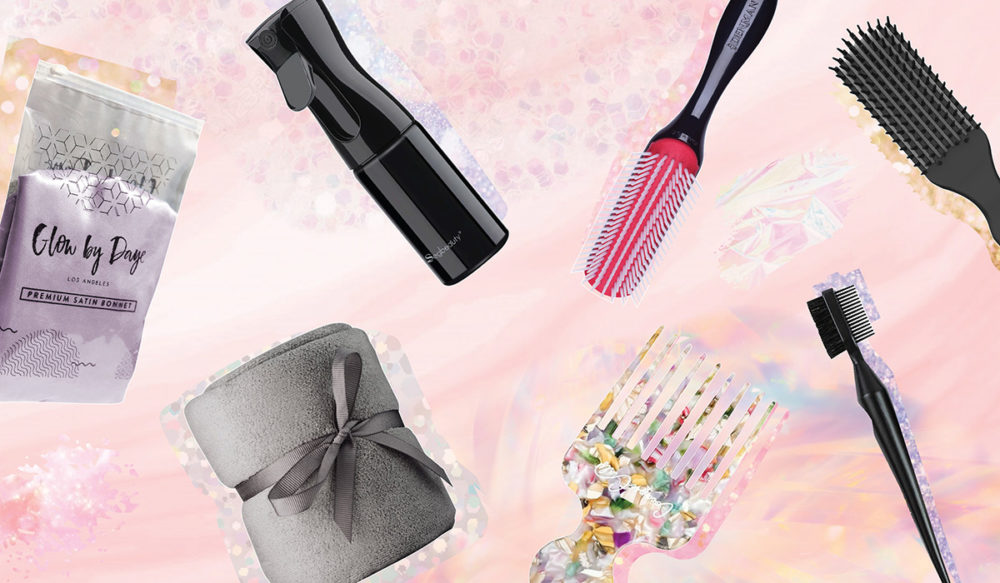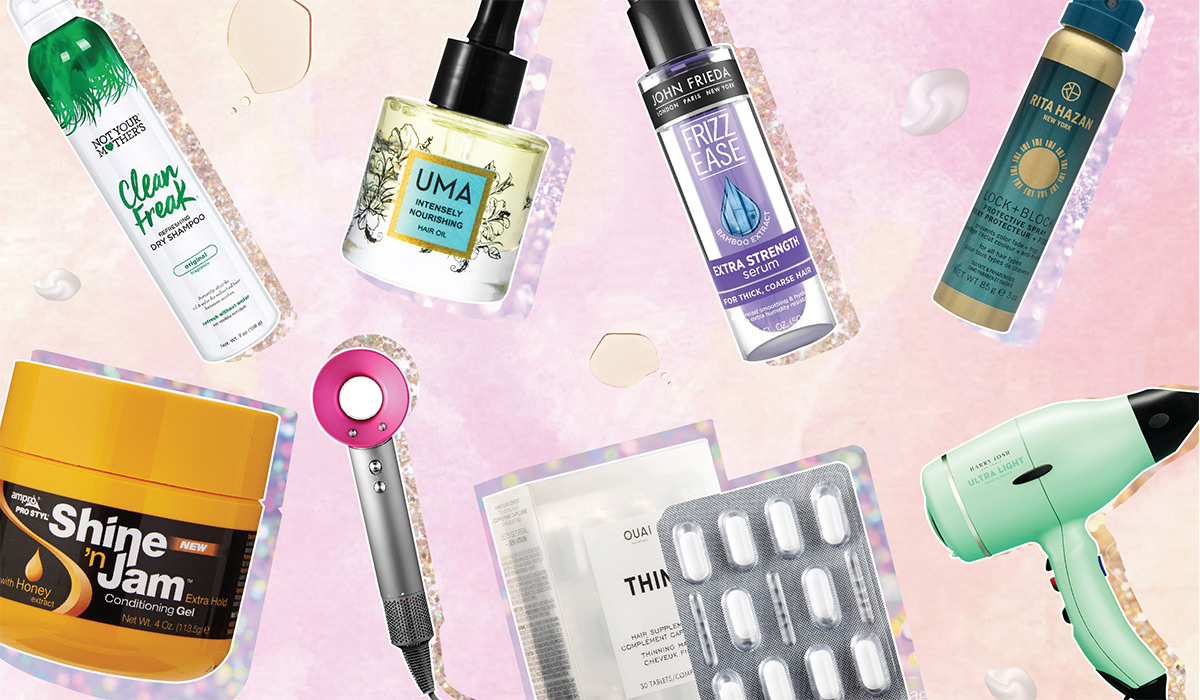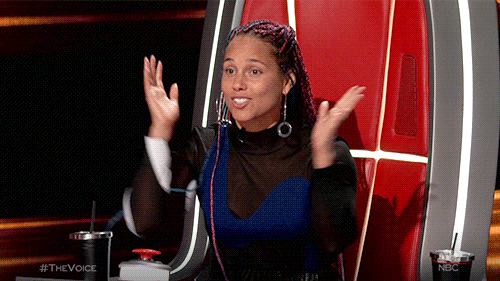What is Low Manipulation Styling, and How Does It Differ from Protective Styling?
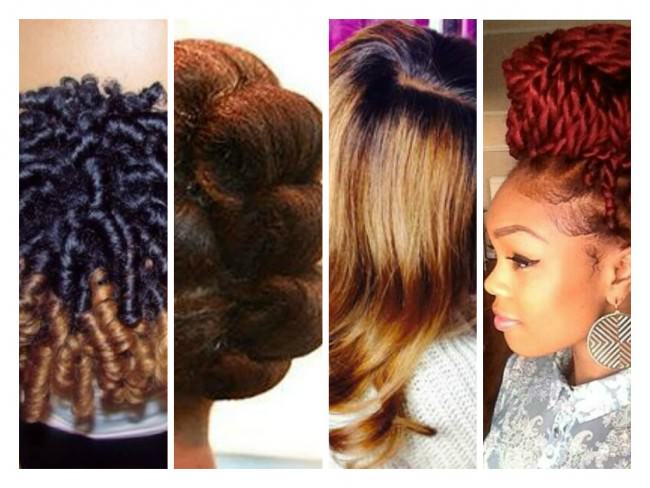
Did you join our protective styling challenge yet? Well if you haven’t, click here. Speaking of protective styling, did you know that there is a distinct difference between protective styling and low manipulation styling?
As the new year starts we all have visions of what we plan to do with our hair; we have different goals we want to achieve with our hair this year, and different ways to achieve our goals. Some of us want to do some protective styles, others prefer to just do low manipulation styling.
If you have no idea what low manipulation styling is, how it compares to protective styling, and you want to really explore your options, then keep reading.
What low manipulation styling is and how it differs from protective styling
When I think about protective styling I think about not touching my hair at all, literally set it and forget it. When I think about low manipulation styling I think about touching my hair just a little bit. Of course you cant make any decisions on which option to pick based on that on the surface definition so if we delve a bit deeper maybe we can get more of an understanding.
Protective styling is anything that you would do with your hair the protects the length of the hair, especially the ends. The plan is to avoid styling your actual hair on a daily or weekly basis, and avoiding all hair tools and excessive product use.
Protective styling works well for women on grow out challenges because you are able to retain majority of the length that you grow depending on the style you choose by avoiding pretty much everything that has to do with manipulation of your hair which even if you are very gentle can still occur.
In comparison, low manipulation styling refers to the practice of maintaining your hair in the simplest way possible keeping damage to a minimum.
If you take things down to a microscopic level even if the wind blows and whips your hair for just half a second it can cause a chain reaction that can lead to a knot ultimately causing some damage. So avoiding damage all together in hair care is darn near impossible and to some degree out of your control.
Our job is to try and reduce the damage that we can control and what is most effective is caring and styling your hair in a way that would cause you not to mess with it too much. In other words, you would style your hair and keep that style for a few weeks, cleanse, style and repeat.
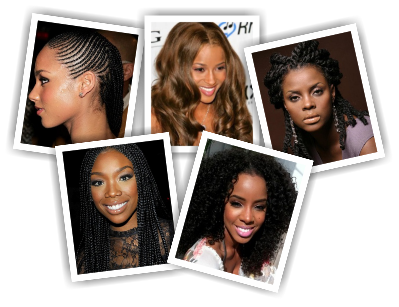 Examples of protective styles
Examples of protective styles
Braids with extension hair/Twists with extension hair/Crochet braids
All of these styles are super popular in the hair community right now, whether your hair is all natural or relaxed. They are great because you control the length and you can style the hair if you choose to do so. All your real hair is also 100% protected so it is not subject to any direct manipulation whatsoever.
Weaves* and Wigs
Some women have a serious relationship with weaves* and wigs*, why? Because they are super easy, crazy fashionable and just the best when you want to leave your hair alone but still maintain some loose hair to rock in the meantime.
The variety of wigs* and weaves available on the market is enough to satisfy any need. If you want natural kinky* textures, human hair, synthetic hair, you name it, its out there. Your own hair is usually braided underneath the wig or weave* and left untouched for the duration of your protective style.
Hint: if your braids beneath the wig are removed for washing every week it turns the style into more of a low manipulation than a truly protective style. A protective style would require that your real hair remain unmanipulated for a few weeks.
Mini Twists
Mini twists are done with your own hair, and they are basically small two strand twists that you can install for an extended period of time. Your hair is protected because it isn’t “loose” in the typical sense of the word. Your hair although exposed and subject to normal environmental damage is still protected because the twists prevent damage causing manipulation like combing.
Examples of low manipulation styles
Short term twists/braids
We just mentioned mini twists as protective styles, but they are also considered low manipulation styles too, depending on the length of time you intend to keep them in. If you twist your hair in an effort to have a twist out later in the week, this is considered a low manipulation style.
Braid outs are pretty much the same thing, you can braid your hair over the weekend and remove the braids for a braid out that week. This is low manipulation styling at its best.
Updos and buns
Another type of low manipulation style is an updo or a bun that can last for a few days without having to be redone for any reason. Night time maintenance is the key for keeping these styles intact, and once you have that done you can get about 4-5 days out of any one updo style or bun.
Straight hair
Straight hair in some circumstance can be considered low manipulation, but like mini twists it comes with a little ambiguity. When you flat iron* your hair, the process in itself is ‘damaging’ based on the use of heat and what it does to the strand to get it straight. This damage isn’t a bad thing, as long as your hair reverts to its old self once you wash your hair again.
Straight hair is only considered a low manipulation style if you aren’t actually manipulating it after it is straightened. If you are the kind of girl who can stay away from your hair after it is straightened, then you will be just fine. If not, then straight hair for you is just well… straight hair – another hairstyle.
Now that you know the difference between protective styling and low manipulation styling, which do you prefer? Comment below!

